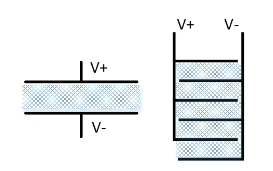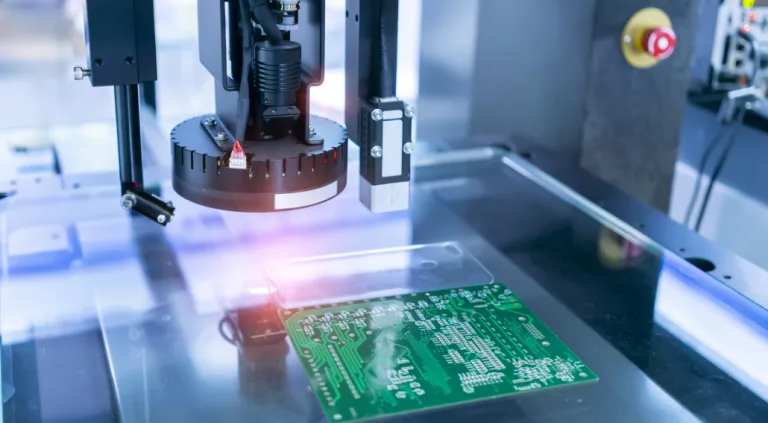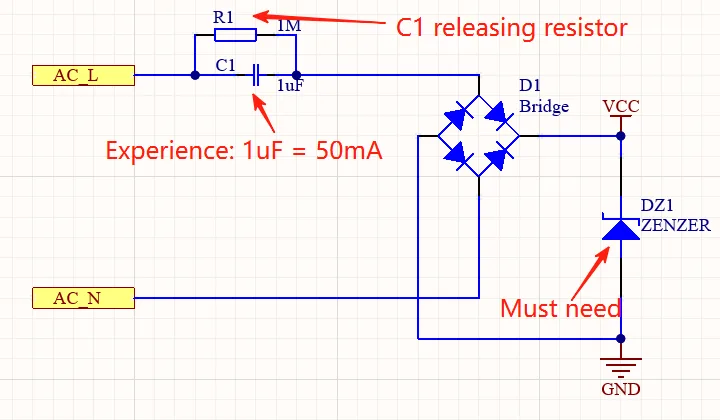Have any of you ever encountered a situation where a μF class MLCC capacitor with a 50V withstand voltage is used for the storage capacitor under a 24V or 28V power supply, but the capacitor shorted out? There have been three or four cases of designers coming to TronixV for advice on this matter in recent months.
The formula for flat capacitance is as follows:

ε is the dielectric constant, S is the relative area of the plates, d is the spacing between the plates, and 4πk is a constant.
To get a large capacitance value, then ε↑, S↑, and d↓ are all possible. But from the name MLCC (Multi-layer Ceramic Capacitors), it can be seen that the medium is ceramic, and ε can no longer change. Can only do in the S, d on the article. So, capacitor manufacturers have a way to design a laminated structure (below):

In this case, the flat capacitor in the two-pole plate, each with only one side that can play a role, has a large waste; and the use of MLCC laminated structure, each pole plate on both sides of the almost all-use, then the formula in the S increased to nearly 2 times; and, by reducing the pole plate spacing, the value of C will be bigger; pole plate spacing is small and can also add a few more layers, you can increase the area of the pole plate, but also make the capacitance value increase.
However, the pole plate spacing is small, E = U/d, d becomes very small, and even if the voltage between the pole plates is slightly increased a little bit, then E will not increase a lot, and the ceramic medium becomes very thin, making it easy to experience E breakdown.
Therefore, a conclusion is drawn:
Large capacitance value of MLCC capacitors, resistance to voltage breakdown voltage fluctuations is actually relatively weak, coupled with the capacitance production process of the ceramic dielectric, which makes consistency difficult to control the problem of voltage fluctuations, power surge voltage and other occasions, the MLCC capacitor breakdown is inevitable.
Solution:
Large capacitance value of MLCC capacitors: to choose the package as large as possible, the pitch can be made larger, with stronger resistance to voltage fluctuations.
With a number of small capacitance values of high-voltage MLCC capacitors in parallel to realize the application of large capacitance and high voltage.
Of course, if you can switch to aluminum electrolytic capacitors or tantalum electrolytic capacitors, you can avoid the problem of MLCC, but those two capacitors also have other problems, discussed separately.



